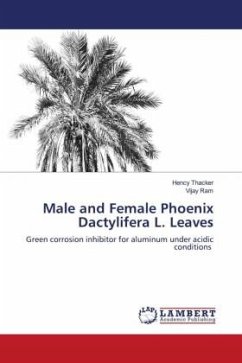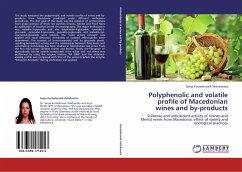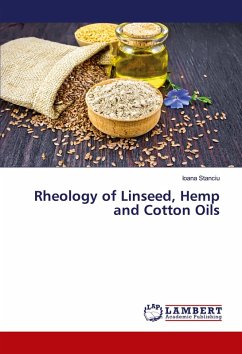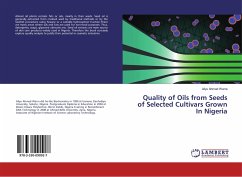
Volatile Oils Of Juniperus Phoenicea L. From South Mediterranean Basin
Versandkostenfrei!
Versandfertig in 6-10 Tagen
24,99 €
inkl. MwSt.

PAYBACK Punkte
12 °P sammeln!
J. phoenicea L., family Cupressaceae, a small monoecious or dioecious Mediterranean tree, is found in mainly scattered populations in littoral sites. The species present a very large geographical distribution ranging from Portugal to Saudi Arabia. It s also native to North Africa (Algeria, Morocco, and Tunisia) as well as the Canary Islands. It mostly grows at low altitudes close to the coast, but reaches 2,400 m altitude in the south of its range in the Atlas Mountains. The combination of a wide geographical range and presence of dispersed populations makes possible for a species to have a va...
J. phoenicea L., family Cupressaceae, a small monoecious or dioecious Mediterranean tree, is found in mainly scattered populations in littoral sites. The species present a very large geographical distribution ranging from Portugal to Saudi Arabia. It s also native to North Africa (Algeria, Morocco, and Tunisia) as well as the Canary Islands. It mostly grows at low altitudes close to the coast, but reaches 2,400 m altitude in the south of its range in the Atlas Mountains. The combination of a wide geographical range and presence of dispersed populations makes possible for a species to have a vast amount of genetic variability. In fact, many authors have reported the presence of intraspecific taxa based upon morphological, biochemical and molecular data. J. phoenicea is considered as an important medicinal plant, largely used in traditional medicine to treat diabetes, diarrhea, rheumatism, as an oral hypoglycemic agent, and as a diuretic. Considering the medicinal interest of the species, several studies related to the chemical characterization of its essential oil were performed. However, these studies were related to only J. phoenicea grown in north Mediterranean basin.












